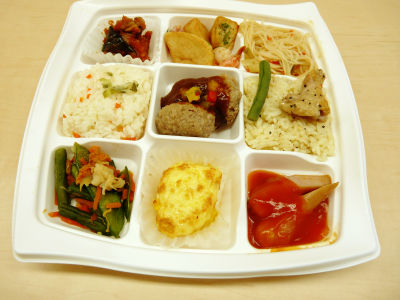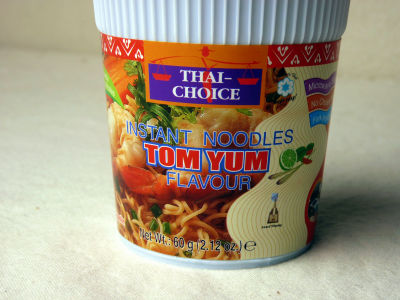We visited the museum where the food samples were full at the Nippon Shokubai head office building with ocean view, and ate the meal at the employee cafeteria

Visited the headquarters of Nippon Shokan in Imabari City, Ehime Prefecture, and it was gorgeousPalace FactoryBeing overwhelmed by steam,Grilled meat of grilled meatYaAuthentic sausageWe also saw how to manufacture the editing department, which was fairly full of stomach, was the head office building of the ocean view that hopes for the Seto Inland Sea.
Elaborate dishes around the worldfood sampleAnd cooking utensils, etc.,Kappa bridgeIf you like, it will tell you that there are still plenty of wonderlands such as "World food culture museum" that is going to rage crazy, and a dining room where visitors can eat the same lunch as employees.
The tour report is as follows. The towering head office building is the second highest building in Imabari city.
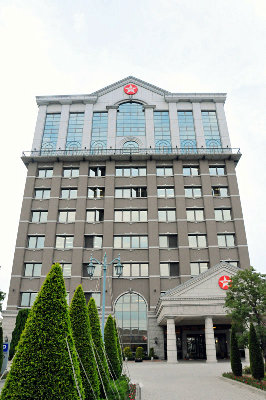
The 8th floor with the balcony that goes around the floor is the president's office, and it seems that the founder's president Kazuhiko Osawa is watching from the balcony how the employees make morning meetings in the lower garden.
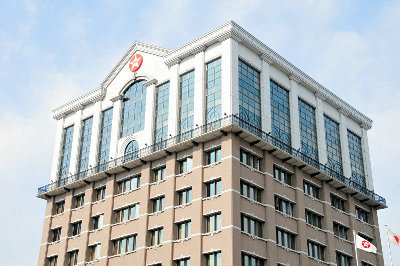
entrance.
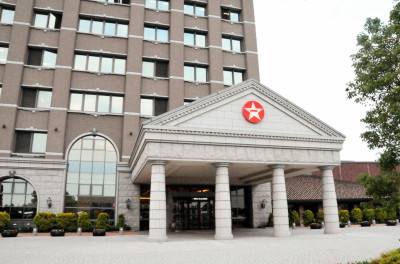
On the ceiling of the lobby on the first floor there is a mark of the Japanese Food Logo star.
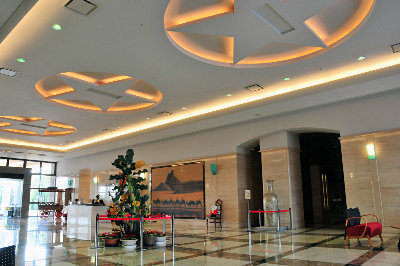
CM costume of "Yakiniku no Sori Palace" was decorated.
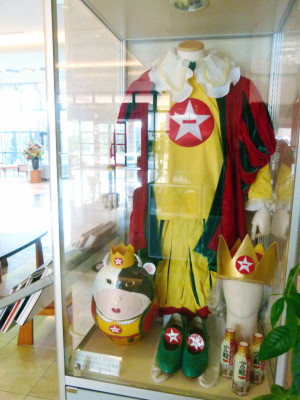
You can see a waterfall from the front window.
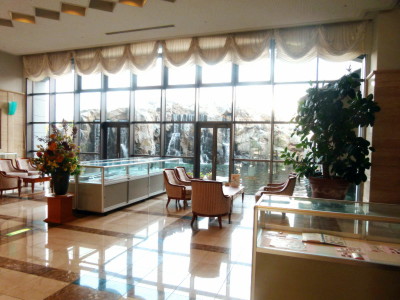
The right tea room is sometimes used in the club's tea ceremony section and flower arrangement section.

When I went up to the 10th floor where the "World Food Museum" was located, the sea was visible from the window of the elevator hall.
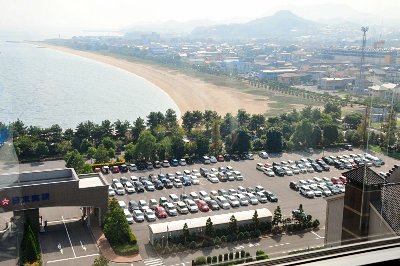
The window side of this floor is an observation aisle, and there is also a spot that overlooks the palace factory.
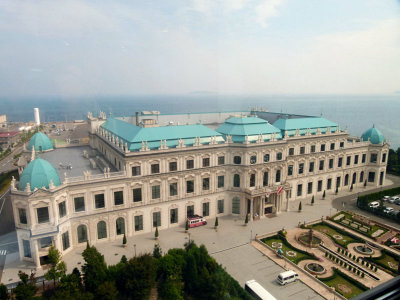
Also confirm the appearance of Banco.

From the window opposite the gardenShimanami KaidoYou can see. It was hazy on this day, but I could virtually check the mast of the bridge. It seems to be more clearly visible on sunny days.
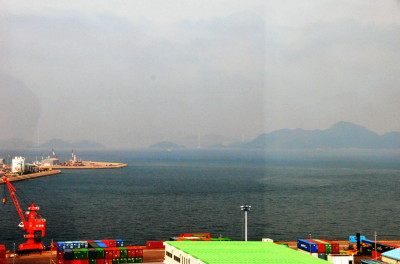
To "World food culture museum".

At the World Food and Culture Museum, various exhibitions related to food are divided into zones by thematic themes such as "start and change of food culture", "food culture world tour" and "future of food culture".
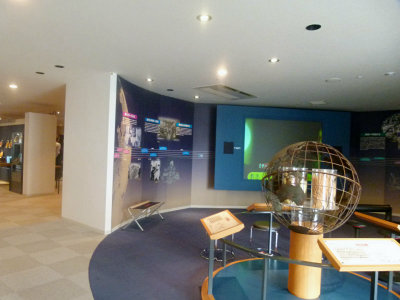
Above all, the theme of "Food and Culture World Travel" was to be fascinated.
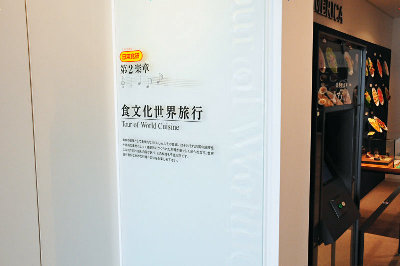
Food samples are sliding.
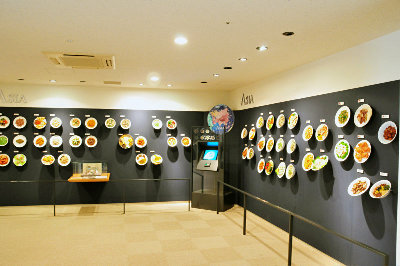
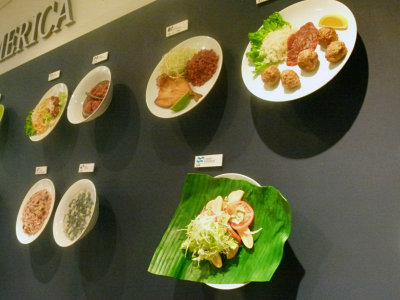
We reproduce 196 kinds of dishes in 99 countries in the world by replica.
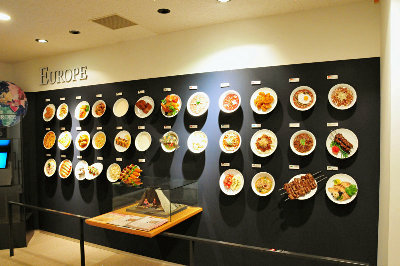
It is exhibited by region in Europe, Africa, Asia, Oceania, North America and South America. This is an Asian zone.
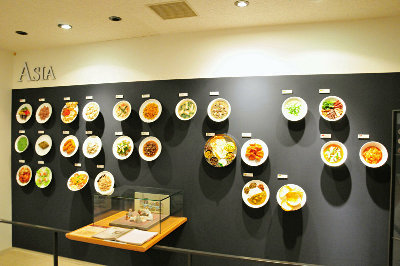
Also a miniature model that reproduces the scenery of the table.
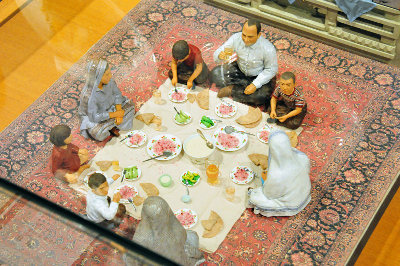
This is a table scenery in South America.
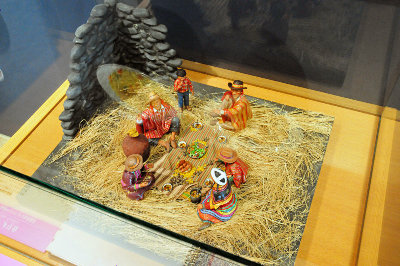
North America. All the miniatures are made for this museum, and it seems that each face is different one by one.

Miniature cuisine is pretty real.
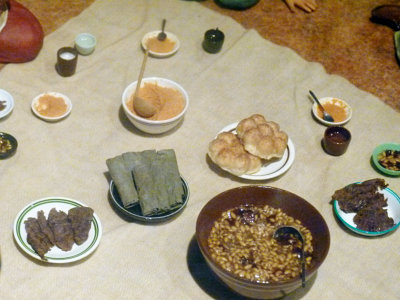
Recipe files are placed in front of miniatures.
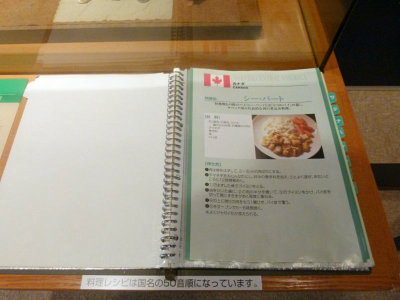
There is a corresponding recipe for each food sample, so you can find the recipe you care about.
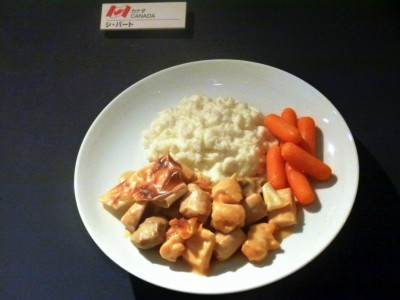
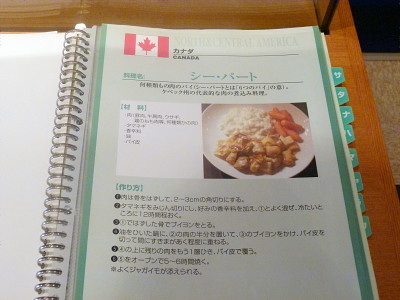
Oceania zone.
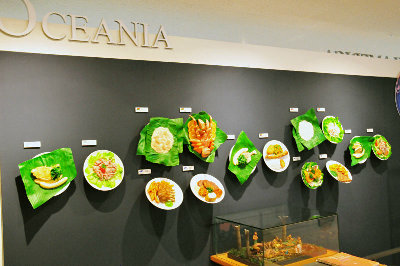
Europe.
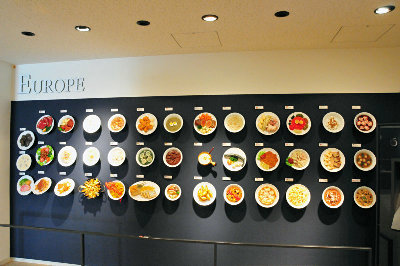
Africa.
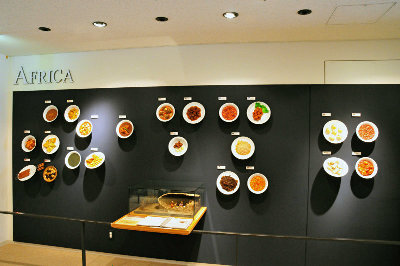
African table scenery.

From the familiar cuisine you've eaten to things you've never seen or heard, there are quite a variety of food samples. Every elaborate sample seems to have been modeled on the real thing actually cooked. This is China's "shark's fin boiling".
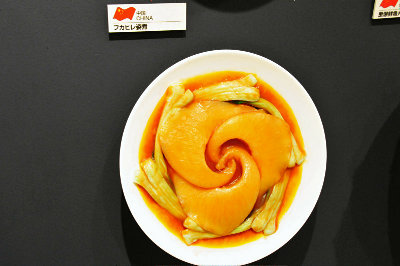
"Fayjoada" in Brazil and "Shuhasco".
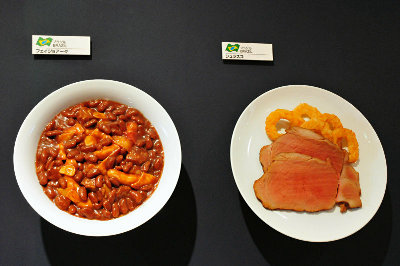
"Indian vegetable curry". It is such a work that you want to grab and eat by hand.
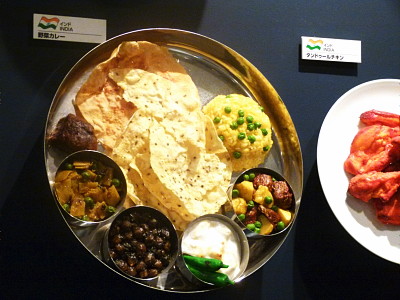
It looks like a praised crisp here, a dish called "Udang, Goron, Berato" in Indonesia.
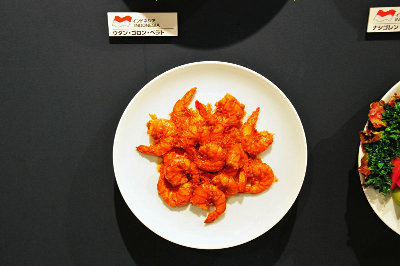
The colorful salad is Tahiti's "Poisson Crew". It is a dish with raw fish coconut milk.
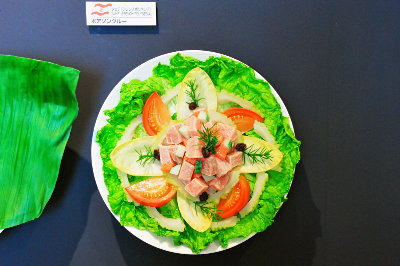
Stir-fried Iraq's "Sheep's Brain Miso Oil." I have never seen the real thing, but I feel that the degree of reproduction is rather high.
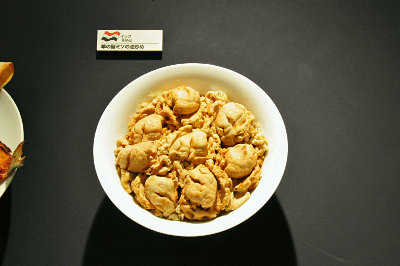
If you know, "Ngonba" may be strong in shirts. It is a dish of Kenya.
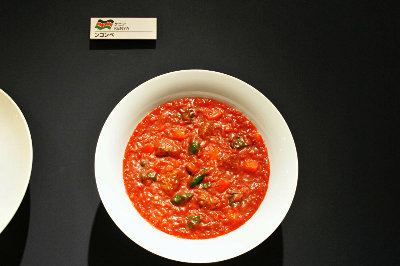
Congo 's "Nikika Yan - Nimbicie" may be harder to remember than "Ngonbe".

Switzerland's "Foret-Blau".
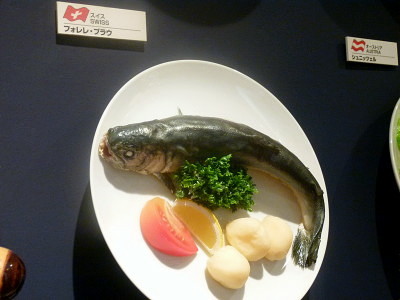
It is a bit scary when I look up.
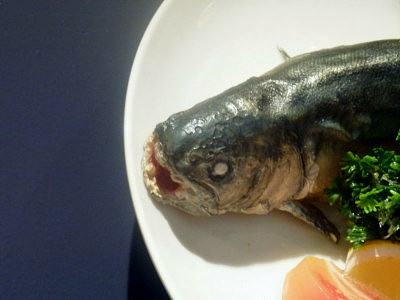
"World diet tool books" zone displaying world cooking utensils, dishes and cutlery etc.
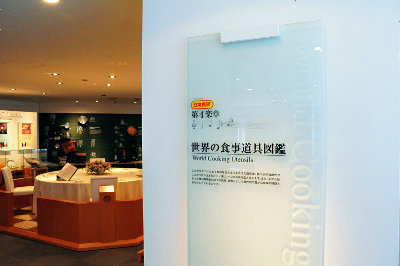
People who like cuisine are likely to linger long.
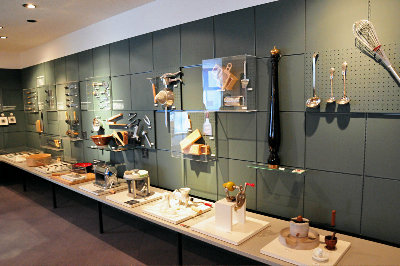
In the central table, you can see the table manners course of French cuisine in an exhibit of the type where voice is flowing when a button which is common in the museum is pressed. It is a must-see for the opening of a hole in the table with a crack and the appearance that a real French food sample rises up.
YouTube - Table Manner Course at Nippon Shokennen "World Food and Culture Museum"
French cooking pot etc.
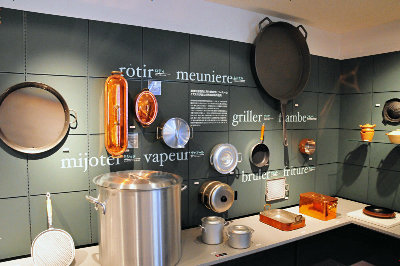
Japanese cooking appliances by cooking method such as "simmer" "bake" "steam".
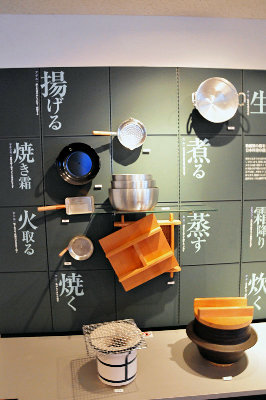
A similar cooking appliance competition between Osaka and France. When you want to make escargot in Japan, it may be good to use Takoyaki.
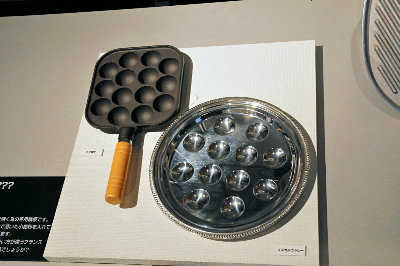
In addition to utensils for cooking, tools for eating dishes, cutlery etc are also displayed. The chopsticks were displayed in a drawer.
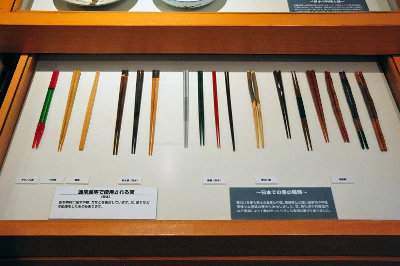
Exhibition "Prestigious chef's attention tool".
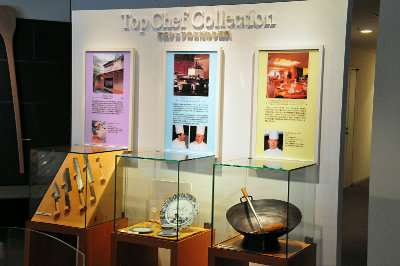
Corner of "Spice Art Gallery" which displayed spices of the world.
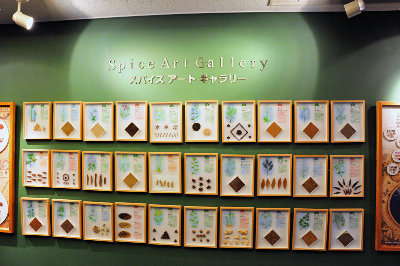
On the corner "Treats from the world of the world", plates in the form of "Togasho sauce" were displayed in various languages. Clockwise from the top left, Greece, France, Portugal, Russia.
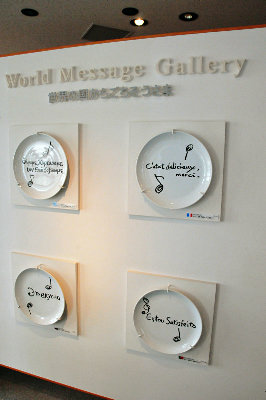
Here is Turkey, Finland, Kenya, Italy.
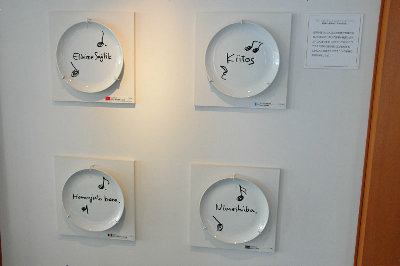
India, Cambodia, Vietnam, China.
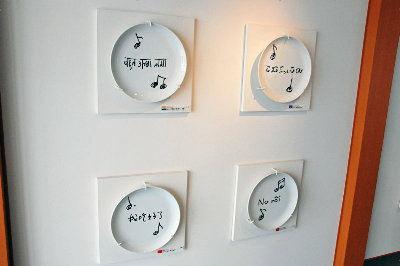
In Vietnam, "Thanks" to say "curse" ... I thought, but it seems to read "Nozoi".
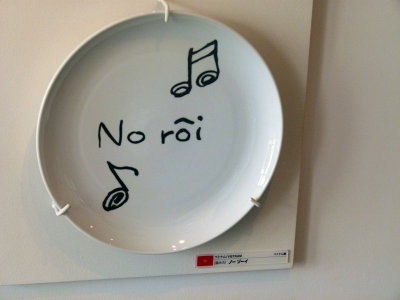
When you get off on the 9th floor, there is "Nippon Kinken Historical Museum".

A marriage shrine that works for in-house romance.

Machines etc. at the time of establishment are exhibited. This is the first type of V type mixer that it was used from 1973 to 1998.
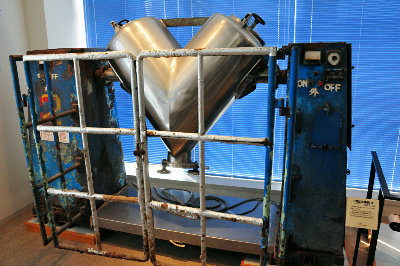
The first of the liquid cooker that was used from 1973 to 1988. The first Japanese beef tenderloin was made with this kettle.
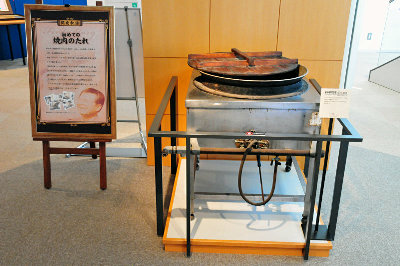
In 1971, Nihonkinen Kiken was founded as a "livestock processing laboratory" in one of the apartments in Takamatsu city.
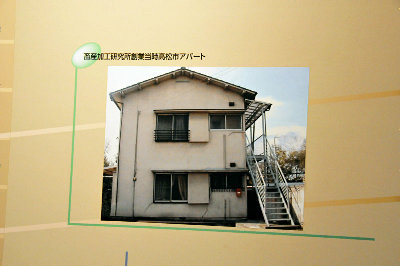
Share certificates and business cards at the time.
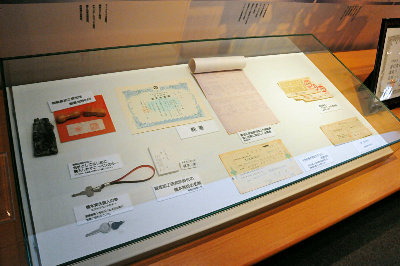
slogan. I have heard of "spinach", but is "sausage" also common?
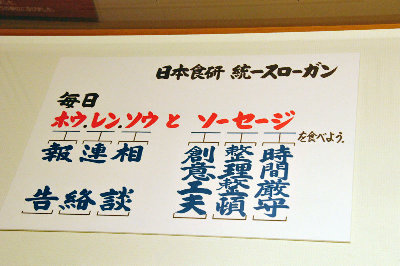
Subaru's real thing of the first car sales car was also exhibited.

It seems that it was used until 1972.
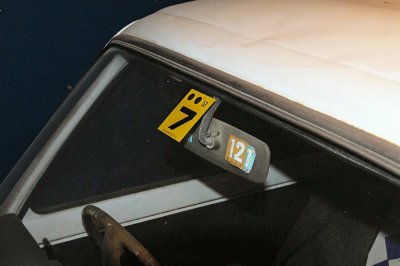
There was a mascot on the back seat.
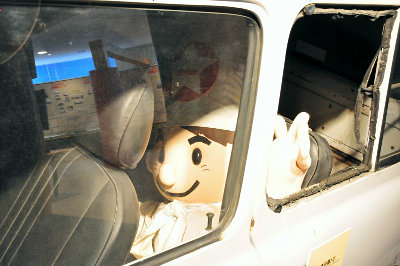
Since Subaru diverted what Osawa president purchased as a private car in the age of salaried workers, it is said that Sunnyban purchased for the first time as a company.
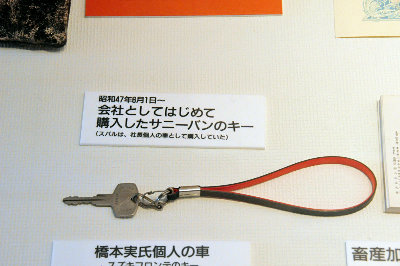
Mr. Kazuhiko Osawa of the founder cherished things anyway, seems to be a doctrine of taking anything, student ID cards of college age were also exhibited.

Also introducing a nostalgic CM on the chronology. This was in 1994Shape UP Girls.

In 1996, the CM of the balance date.
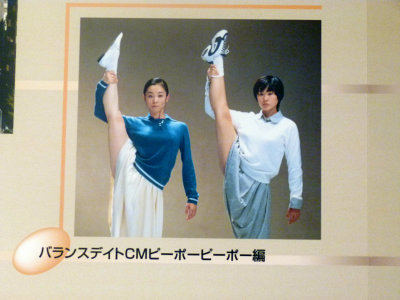
In 1998, he was 17 years old at the top of the world at the age of 17Martina HingisAppointed.
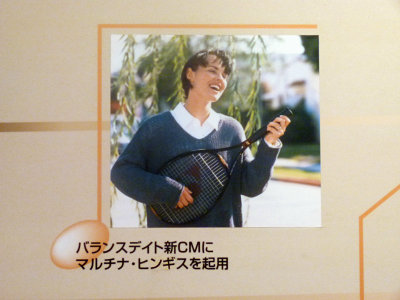
In the chronological table of March 1992, I found a description that bothered that the name of the bovine of the dormitory CM has been decided to be "Ban chan, Mrs. Chan Kanchan". The name "Banco" when appeared in a television programName called Akashiya Sanma calledIt seems that there were circumstances that three characters that had three heads had been consolidated into one head as "Banco" before that.
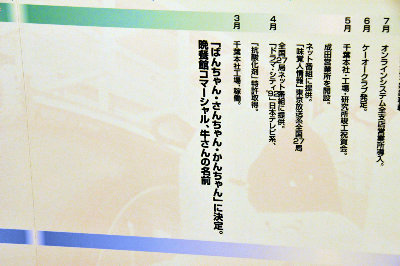
There is also "Nippon Kokey Commodity Exhibition Hall" on the 9th floor.

Consumer goods such as "Banquet hall".
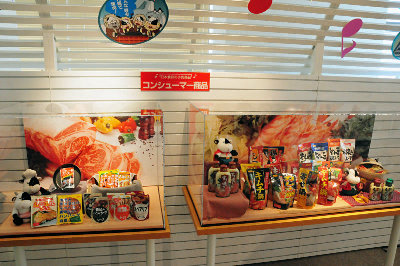
"Project"Or"Hot DojoThere was also.
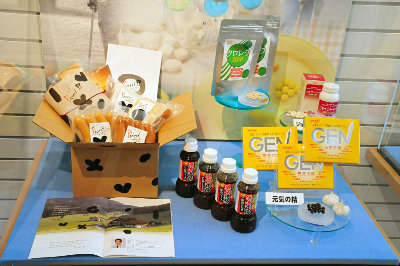
Exhibition corner for commercial products.

The amount of fried powder produced is the most in Japan.
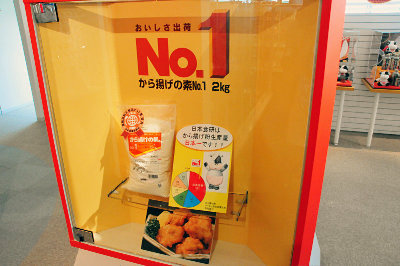
This is "Iroidori" that it is the best selling with yakiniku for business use.
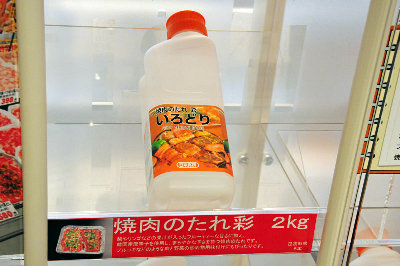
Pouch products that often come with lunch boxes and groceries.
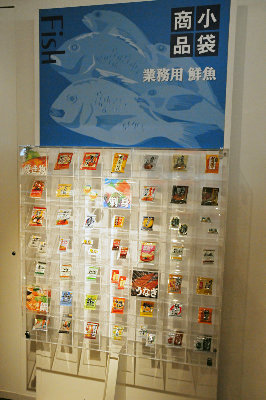
Although it may not be easy to see consciously with the seasoning manufacturers who have followed the dishes, it is said that the market is quite large, so that it says in some way the products of Nippon Seiyaku by mouth like every day There may be many people.
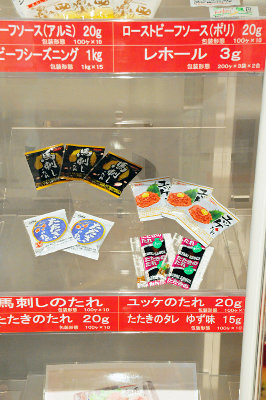
There was a corner to propose the creation of a sales floor with an exhibit like a supermarket shelf.
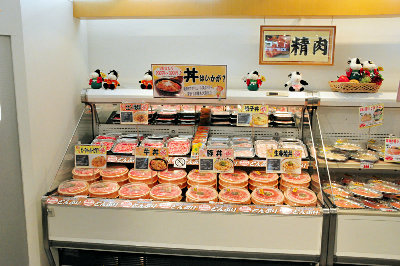

When walking around the museum and getting hungry, I descend to the first floor and go to the cafeteria through the "Banko shop".
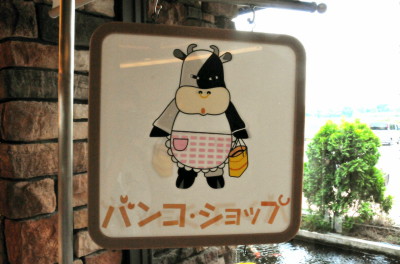
Banco shop which sells products of Nippon Seiyaku and original Banco goods. There may be such souvenir shops, it may be a witness that the company is a tourist destination.
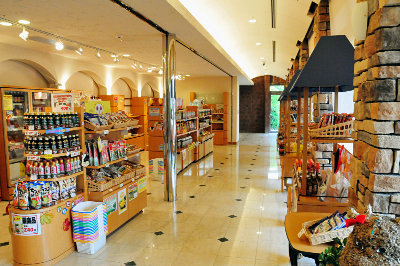
TopiaryThere was a banco that I felt like.
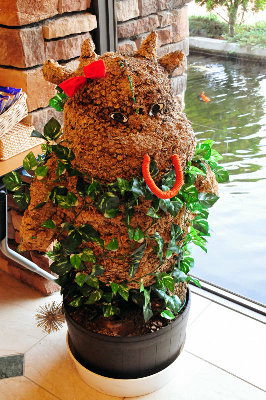
Before going through the shop, there is "restaurant food culture".
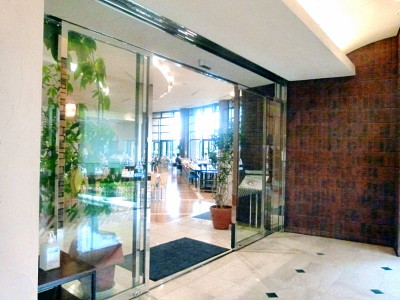
It is an employee cafeteria, but visitors and visitors can also use it.

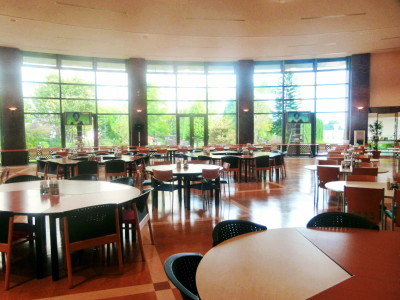
The seasoning on the table is obviously a product of Nihon Kinen.

You can see the palace factory from the window.
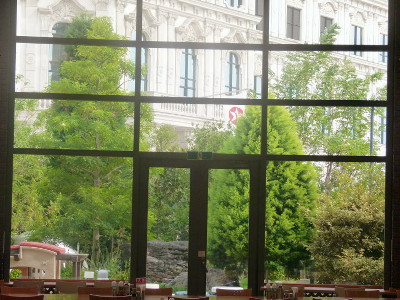
The entrance for employees is like this.
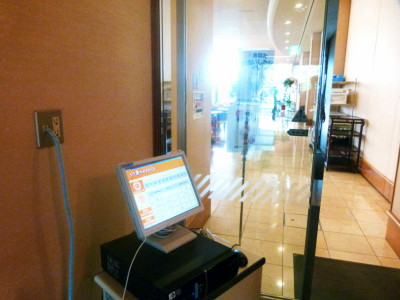
The employee's person ordered here. "Remaining 1", "remaining 6" etc, the remaining number has come out. Popular menus are sold out if they come early.

In terms of employee cafeteria, there is a self-service image with a tray, but the staff served here. What I got this time is 'This week's world cuisine'. The theme will change like "China" "India" "Italy" "Norway" on the weekly basis.
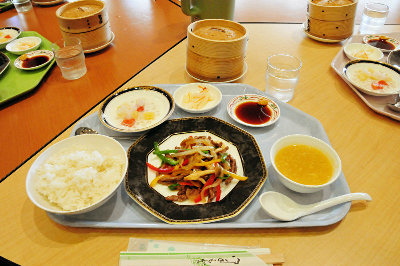
At this time, China was the theme, so Jinjao Rosu is the main. There is a combination seasoning for Jinjao Rosu for goods of Nippon Kinshu, but this restaurant is not using it. It is an original seasoning with the attention of the chef's chef because there are many noisy employees in the taste, so that it can not be relieved.
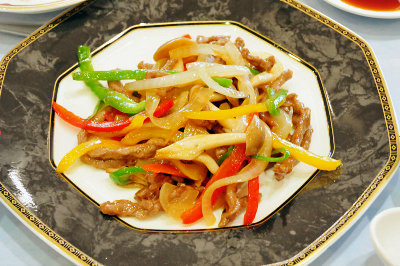
Spring rolls, prawn fruit and shumai were contained in Seiro.
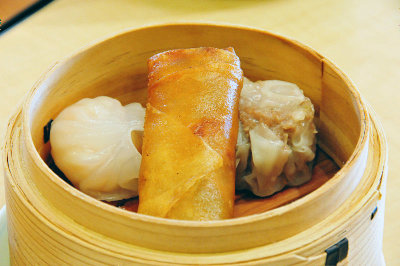
Pretty rich eggs and corn soup.

The dessert was tapioca and fruit.
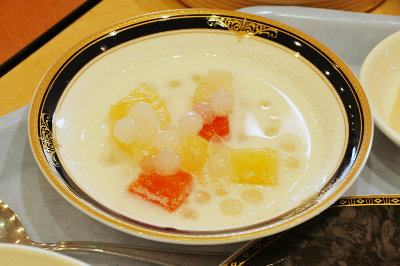
Factory tours and lunch are separate fees, and when the factory tourist uses the employee cafeteriasReservation required... apparently ...
Related Posts:

